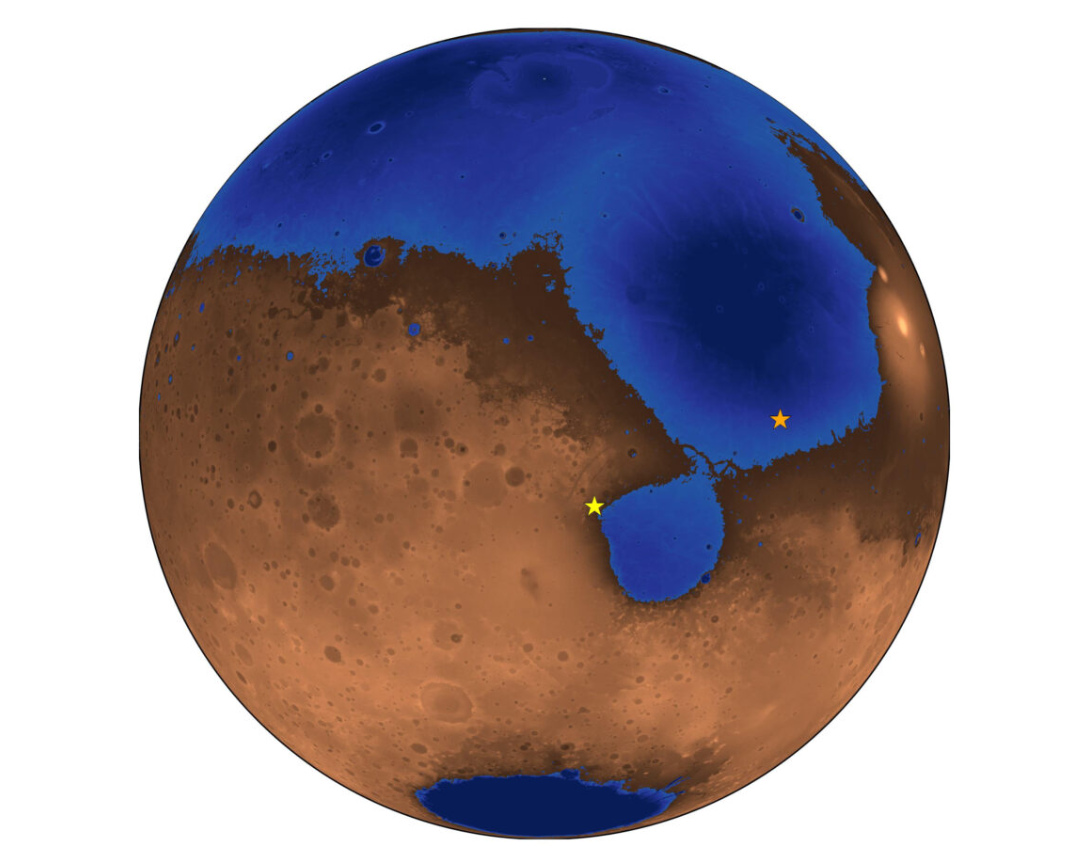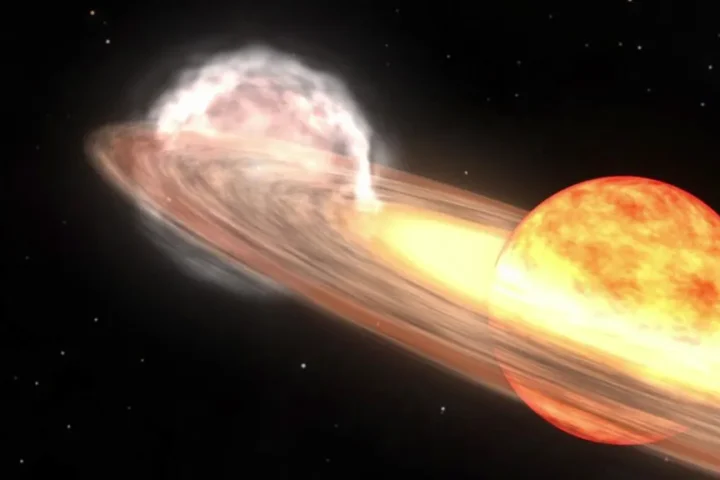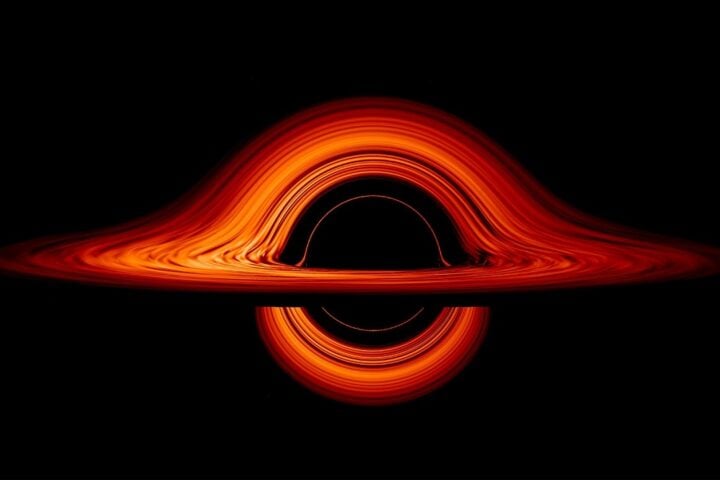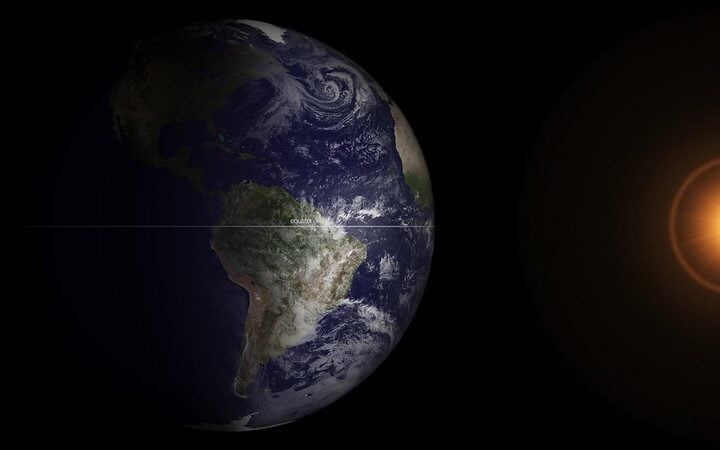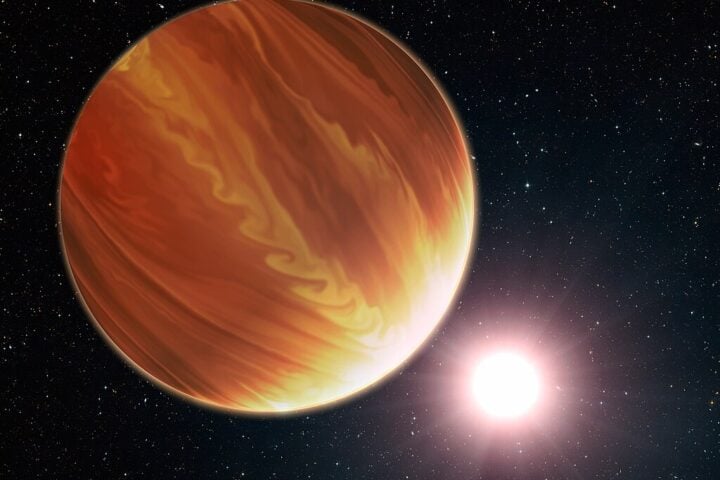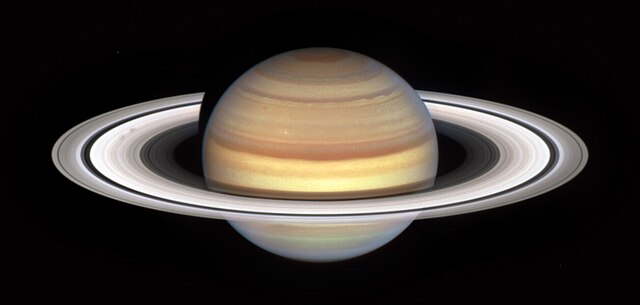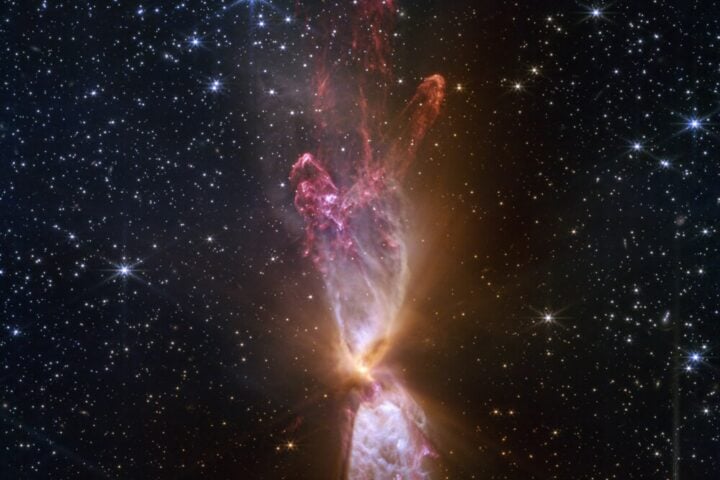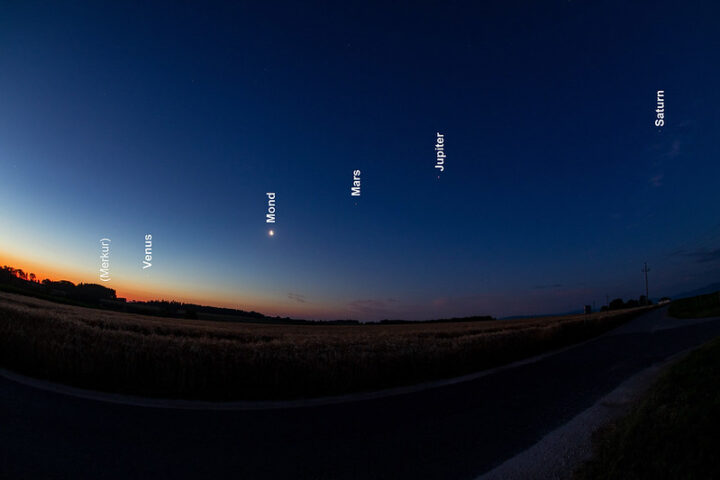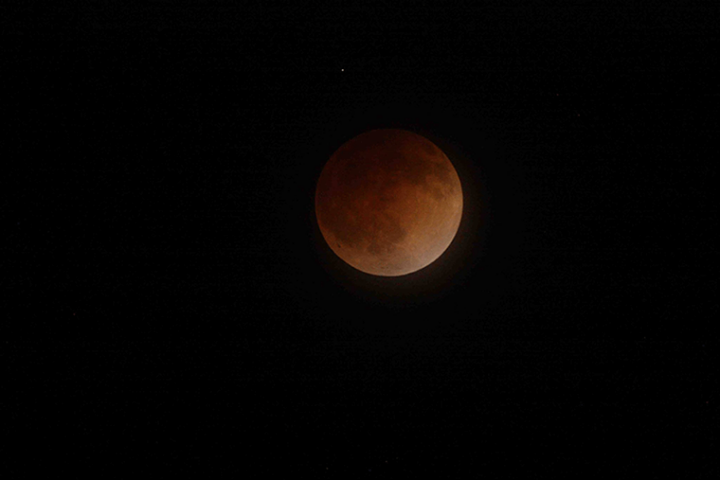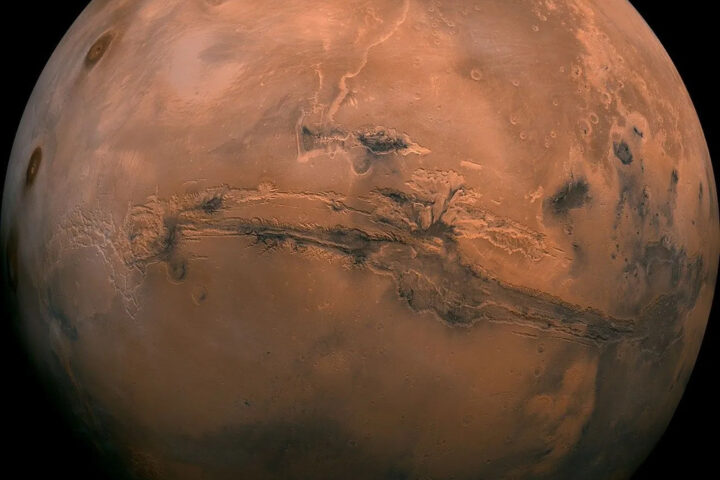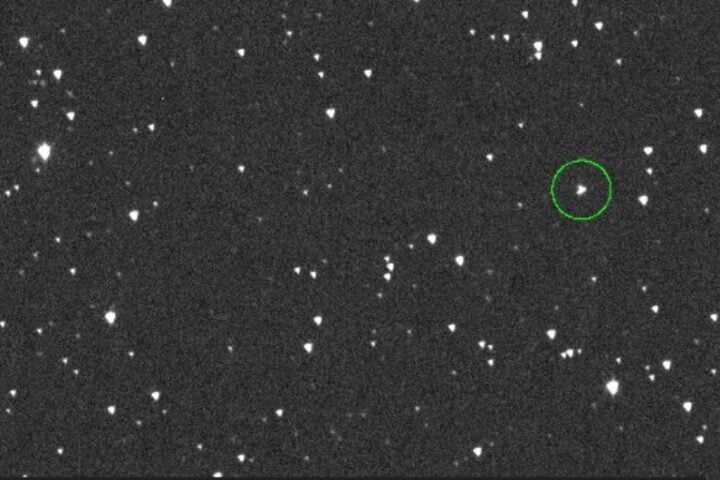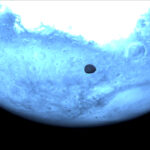Recent findings from China’s Zhurong rover have revealed evidence of ancient beaches buried beneath the Martian surface, suggesting the Red Planet once had vast oceans billions of years ago.
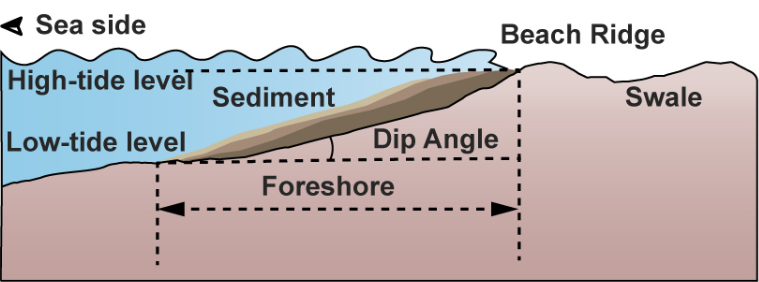
The rover, which explored Mars between May 2021 and May 2022, used ground-penetrating radar to detect these buried shorelines in the Utopia Planitia region. The radar scans penetrated up to 80 meters deep, revealing sediment layers between 10 and 35 meters thick.
“The structures don’t look like sand dunes. They don’t look like an impact crater. They don’t look like lava flows. That’s when we started thinking about oceans,” said Michael Manga, professor of earth and planetary science at the University of California, Berkeley.

The data shows features in the subsurface material that are tilted toward what would have been the ocean direction, similar to beach formations on Earth. These Martian beaches appear to have shifted position over time, with evidence suggesting they extended at least 1.3 kilometers north into the ancient ocean.
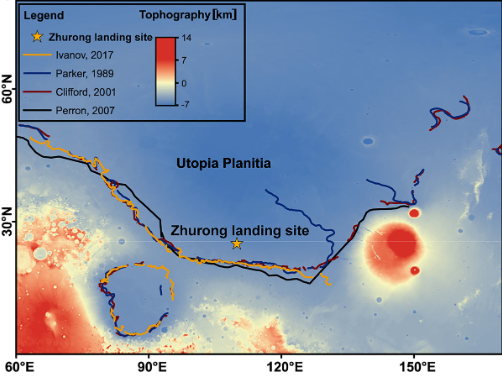
“The presence of these deposits requires that a good portion of the planet, at least, be hydrologically active for a prolonged period in order to provide this growing shoreline with water, sediment and potentially nutrients,” said co-author Benjamin Cardenas, an assistant professor of geosciences at The Pennsylvania State University (Penn State). “Shorelines are great locations to look for evidence of past life. It’s thought that the earliest life on Earth began at locations like this, near the interface of air and shallow water.”
Similar Posts:
Scientists believe these beaches formed through processes similar to those on Earth—waves and tides—when Mars had a much warmer climate approximately four billion years ago.

This discovery strengthens the theory that Mars was once habitable and potentially capable of supporting microbial life. The interface between shallow water, air, and land found at beaches is considered a prime environment for life to develop, similar to conditions believed to have fostered life on early Earth.
Research institutions including Penn State and the University of California, Berkeley, continue analyzing data from the Zhurong rover while NASA’s Perseverance rover explores the Jezero Crater, collecting samples for future return to Earth.
While these ancient Martian beaches might have shared similarities with Earth’s shorelines, Cardenas noted they would have lacked vegetation and wildlife and were likely “fairly chilly” compared to Earth’s tropical beaches.
